
If you’re planning on building a model railroad, preparing a train room should be your first step. You might be eager to get to work building benchwork and laying track, but basics like wiring and lighting your layout space and making it comfortable for your operators are a lot easier to do before there’s a […]
Read More…

Q: In your “Ask MR” column “Speed matching DCC locomotives for better consisting”, you suggest to turn off the locomotives’ momentum, because momentum will interfere with accurately measuring the locomotives’ speed. My question is: How do I know if the ESU decoders that came with my locomotives are programed with momentum? I am using an […]
Read More…
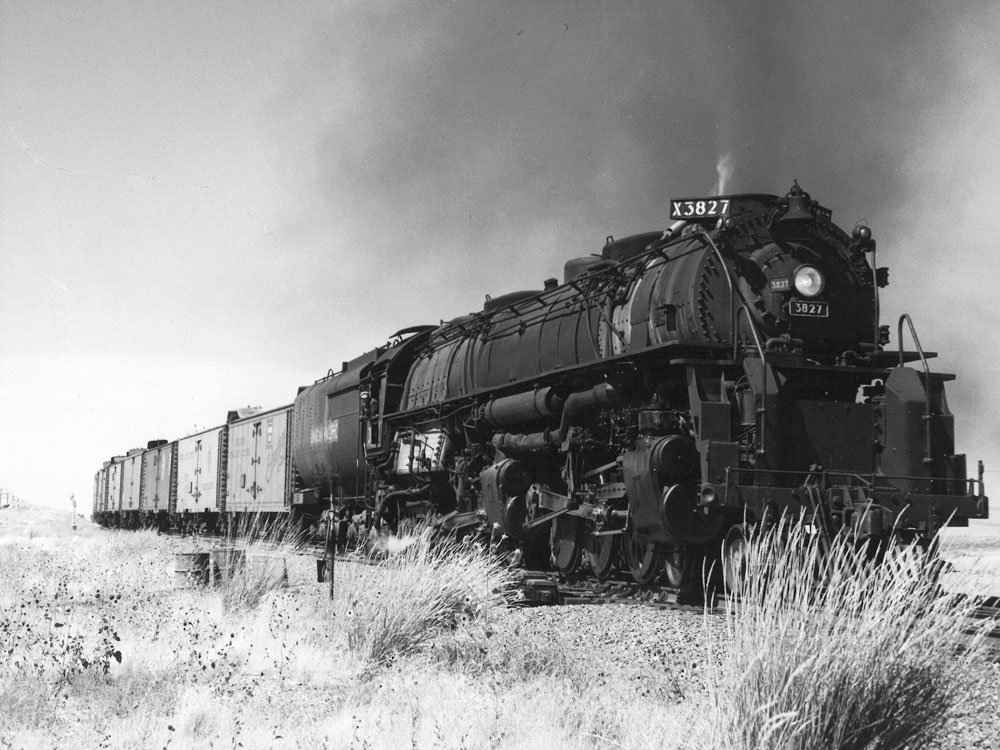
Q: I am looking for suggestions for industries for an Idaho model railroad in the 1940s. I’m working on building an HO scale 10 x 11-foot around-the-walls model railroad. I have decided to model a small town in rural Idaho along the Union Pacific in 1942. I am looking for a few plausible industries to […]
Read More…
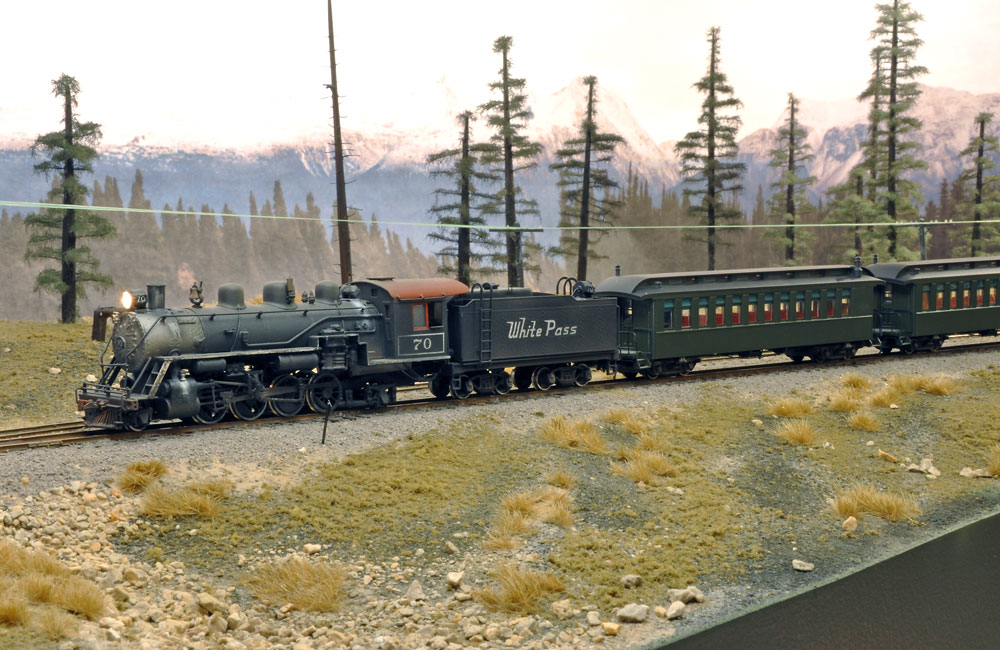
Q: I always thought N gauge track was the go-to gauge for narrow gauge HO operating equipment. I found out yesterday that is not true. I got a model kit for an HOn3 locomotive. Everything was going smoothly until I discovered the wheels and trucks supplied with the kit are spaced too far apart for N gauge […]
Read More…
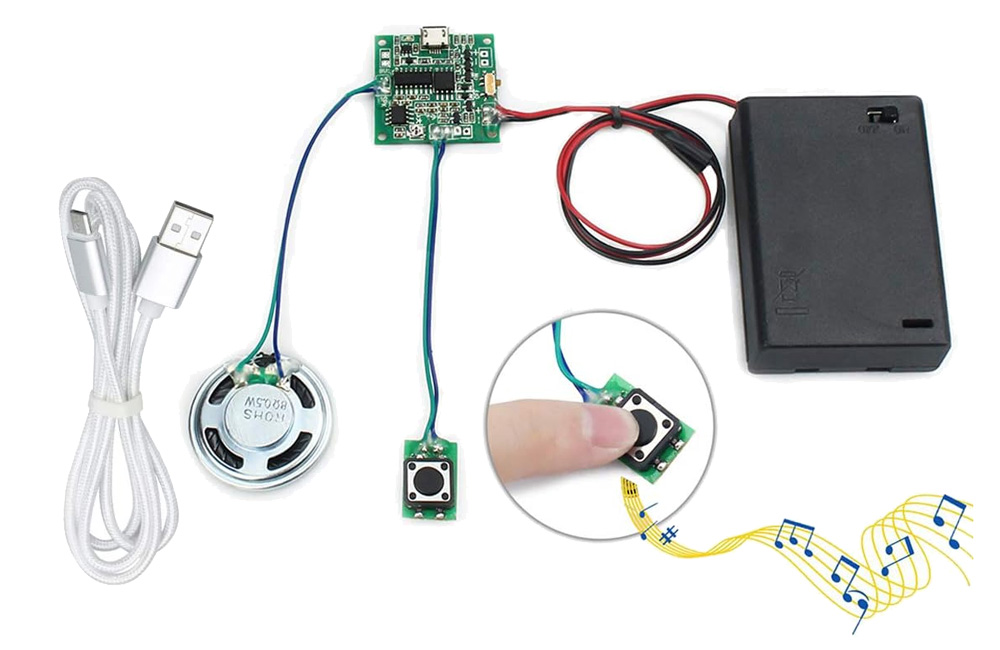
Q: I recently added a Faller carousel to my HO scale model railroad. It is lighted and motorized. Now I would like to add a sound module to the layout to play carousel sounds. Any suggestions where I might find one? — Larry Gaiardelli A: I couldn’t find a sound module pre-recorded with carousel sounds, […]
Read More…

Backdrops are an important part of any model railroad. Whether you use drywall, tempered hardboard, or some other material, backdrops help operators and visitors focus on the layout and not other distractions in the room. If you’re looking for something beyond basic sky blue, and painting isn’t your game, then this backdrop round-up is for […]
Read More…
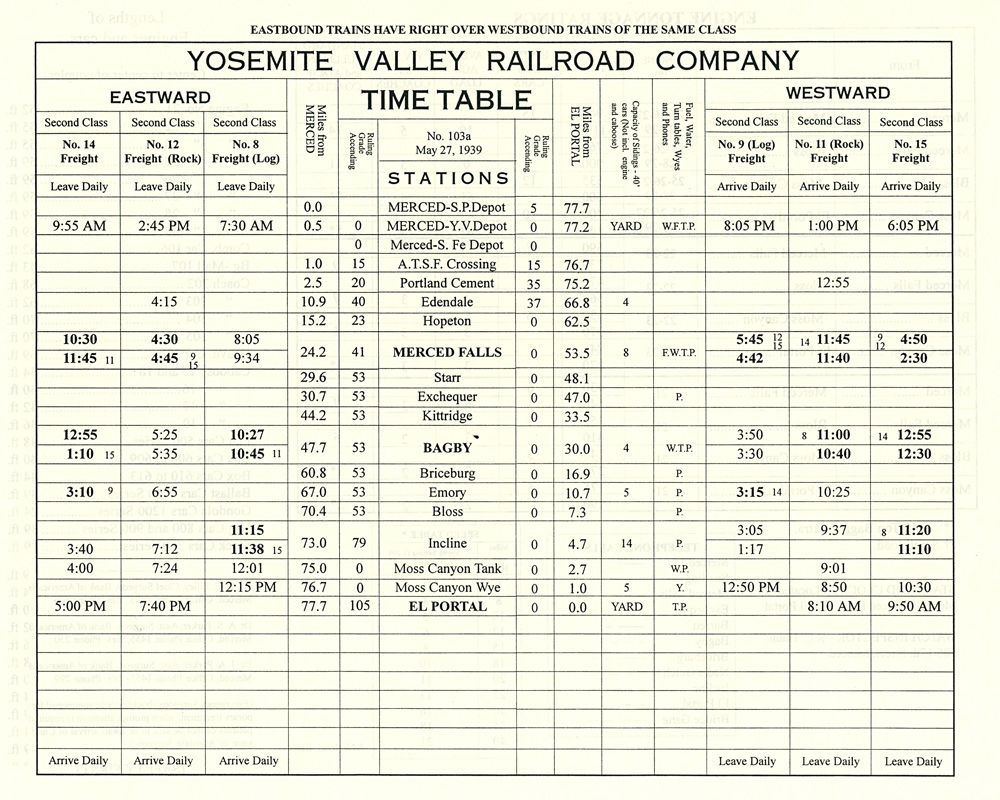
Q: Do you know of any software for producing a timetable for a model railroad? I would like to create a timetable that uses the same fonts and formats as prototype documents once used by the Milwaukee Road and Chicago & North Western. — Cully Kowal, Fond du Lac, Wis. A: Java Model Railroad Interface (JMRI), […]
Read More…
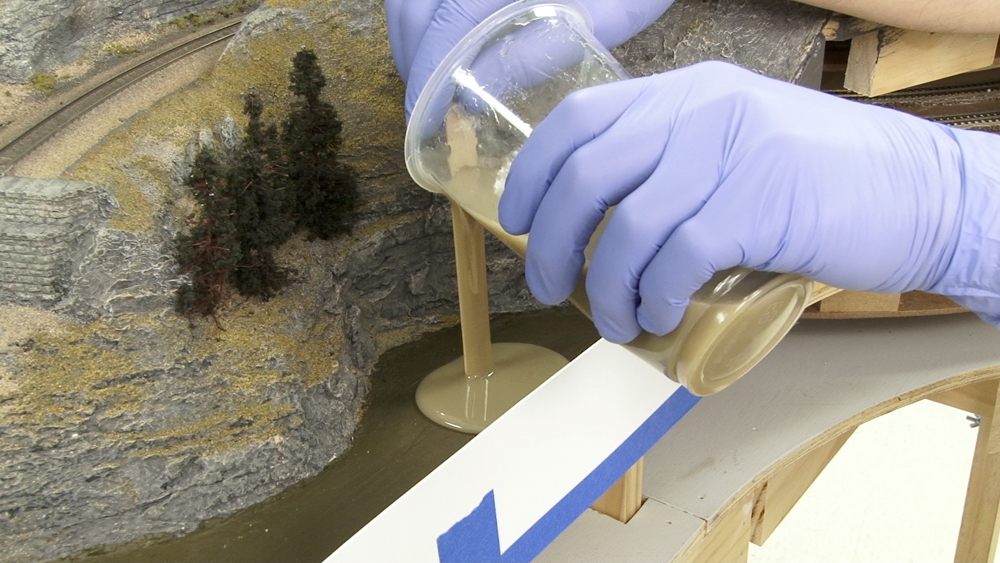
The evolution of model railroad scenery products has been fun to watch. In prior generations, molded-Styrofoam mountains and scenery mats with dyed green sawdust were considered the norm. Today, we’re blessed with a variety of tools and products that make our layouts look more like what we see when we’re standing trackside. In this article, […]
Read More…
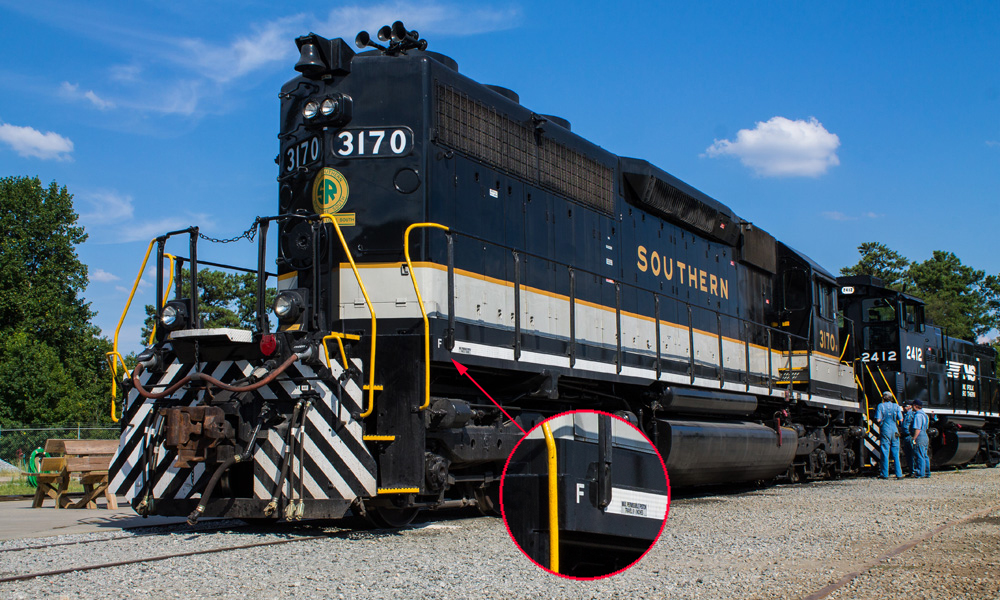
Q: I am wondering why they mark a little F on the front of a diesel. I know it stands for “Front.” However, isn’t it obvious in most cases where the front is? And in the case of a center cab switcher, where it isn’t at all obvious, why does it matter? What is the practical purpose of […]
Read More…
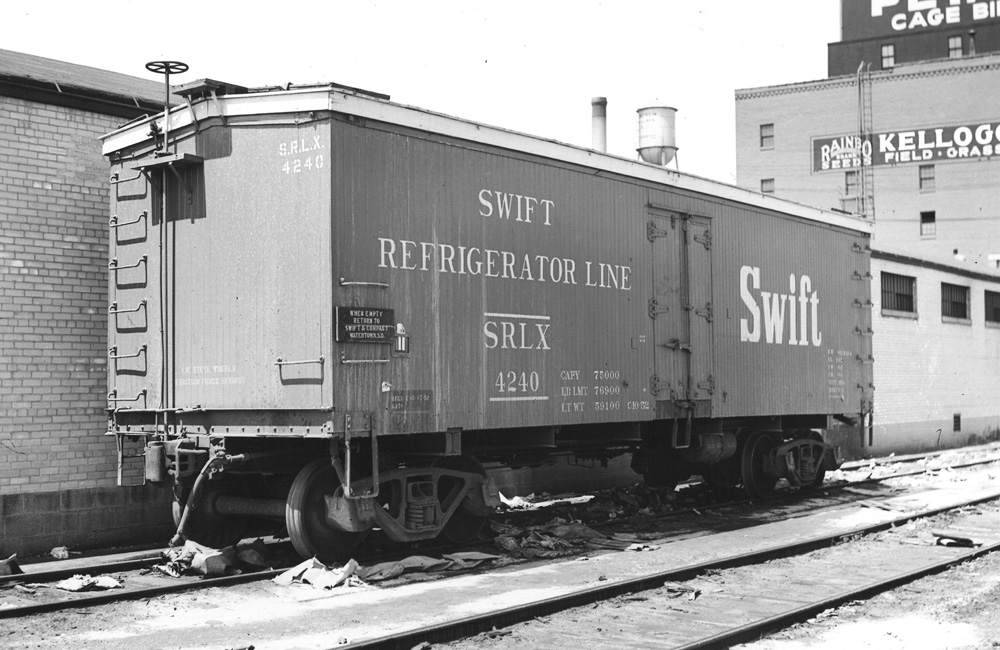
Q: Why were billboard reefer cars outlawed? I recently received my copy of Gerry Leone’s Model Railroader’s Handbook. It is certainly a deep well of information. I came across the “Railroad regulatory timeline” on page 111. Most of the regulations banned older, unsafe technology (arch-bar trucks, truss-rod car construction, etc.) as newer technology developed. That makes sense. But […]
Read More…
![Lionel Rio Grande and Missouri Pacific 6464 boxcars], tends to attract attention](https://www.trains.com/wp-content/uploads/2021/01/CTT_how_to_value_toy_trains3_0121.jpg)
One of the most frequent questions Classic Toy Trains readers ask is, “What are my trains worth?” It’s hard to get an accurate answer. There are some key points to consider: Demand Toy trains’ increase in value depends on: • Are the cars well known throughout the hobby and therefore attractive to potential purchasers? • […]
Read More…
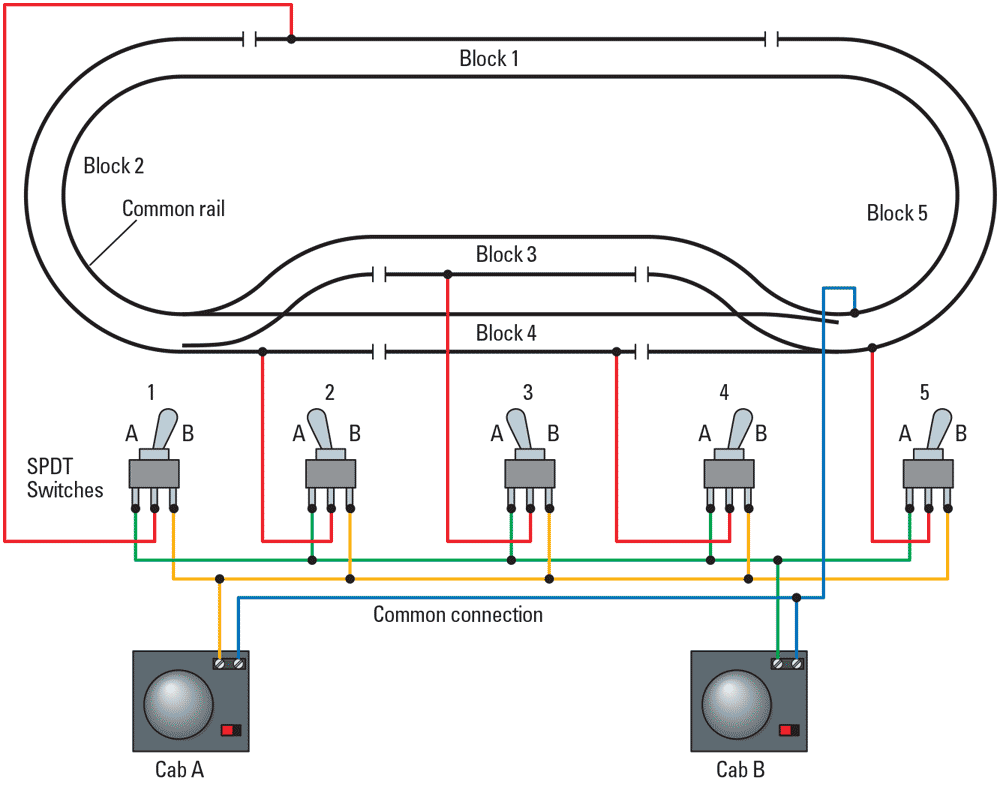
Q: I’m experiencing a problem with trains that stop between wiring blocks on my N scale train layout. I have two identical direct current (DC) power packs and am using Kato Unitrack throughout the layout. One power pack runs the main line while the other operates the yards. The problem is that whenever I attempt […]
Read More…










![Lionel Rio Grande and Missouri Pacific 6464 boxcars], tends to attract attention](https://www.trains.com/wp-content/uploads/2021/01/CTT_how_to_value_toy_trains3_0121.jpg)

